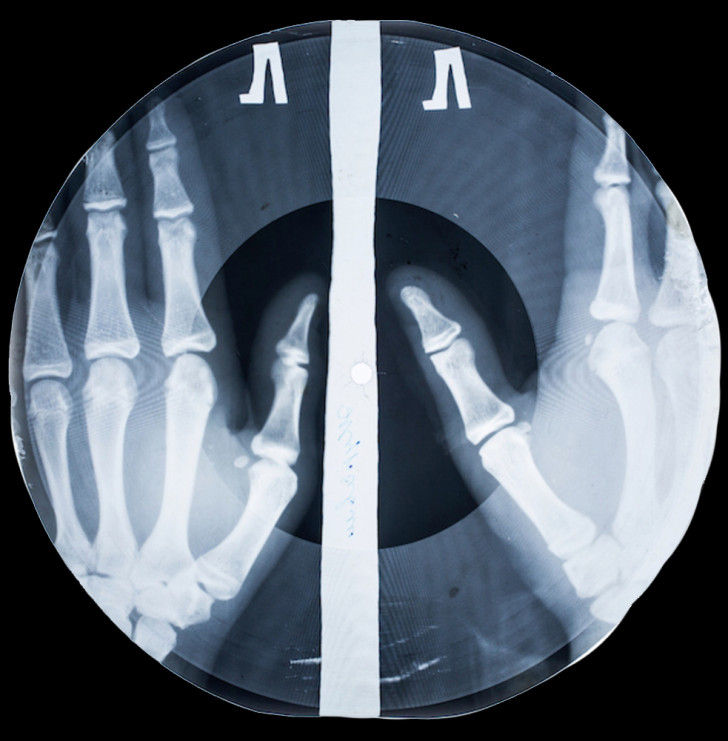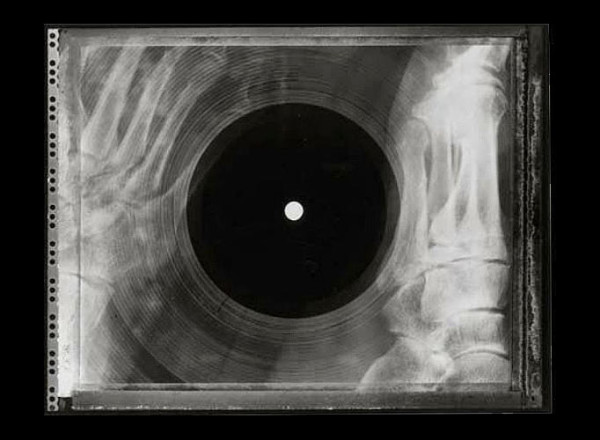In 1950s Soviet Russia, citizens craved Western popular music—everything from jazz to rock & roll. But smuggling vinyl was dangerous, and acquiring the scarce material to make copies of those records that did make it into the country was expensive.
An ingenuous solution to this problem began to emerge in the form of “bone music.”

Under the severe censorship of the U.S.S.R., private household kitchens became cultural hot spots places to gather for the free expression and exchange of ideas. Such “dissident kitchens” became unofficial lecture halls, nightclubs, art galleries, bars, and dating services.
Politics were debated, forbidden music played, and underground art and literature was circulated.

Copying music was arduous and risky, so people made their own collections of illicit information and creative works, passing around to trusted friends and family.
“Samizdat is, I think, the precursor of Internet,” suggests Russian writer and broadcaster Alexander Genis. “You put everything on it, like Facebook. And it wasn’t easy to get typewriters because all typewriters must be registered by the KGB. That’s how people got caught and sentenced to jail.”

Musical records posed a particularly complex challenge, largely due to the need for vinyl. Some were printed on special coated paper, but these only lasted for a few plays.
Ruslan Bogoslowski changed the game when he encoded music onto exposed X-Rays from medical archives and hospital trash bins. Bogoslowski would eventually spend five years imprisoned in Siberia for this innovation.

The records themselves were low-tech affairs, cut from their rectilinear forms into rough circles with scissors, then burned out in the center with a cigarette so they could be seated on turntables. Covert salesmen would sell them on the street, the “bone music” hidden within their trench coats.

As the KGB caught onto the practice, they cracked down ruthlessly on bone music pirates and even flooded the market with fakes in hopes of reducing demand.
Eventually, reel-to-reel tapes obviated the need for bone music. But even today there are fans and collectors of these precious vinyl prints, even though today the music can be exchanged more openly in free markets.




Comments (4)
Share
My first “99% Invisible” podcast…. Why has it taken me until now to find you? :) Thanks, all.
Fantastic episode! Does anyone know the name of the song playing at 5:29?
Good to see someone composing concerning pdf book.
Fun fact, whenever there is anything noteworthy coming from west, it’s DUE TO ingenuity of capitalism or “the west” but when same happens in ussr, it’s DESPITE communism or soviet union.